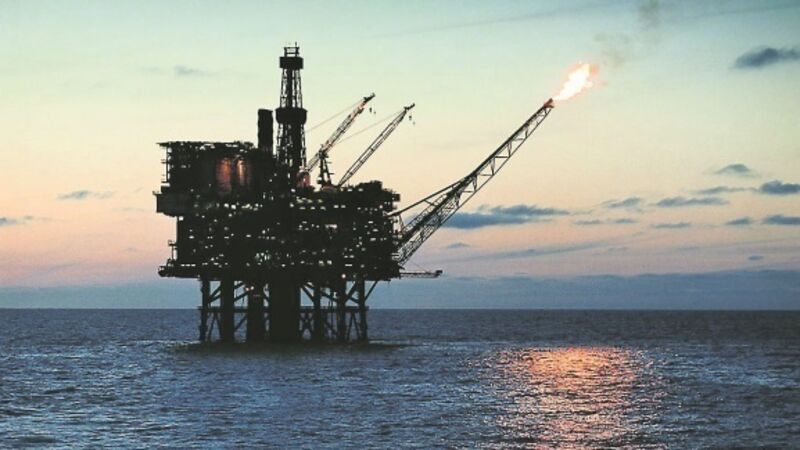Opec bids farewell to Ali al-Naimi, Saudi Arabia's architect of cheap oil

An 80-year-old who rose from modest Bedouin roots, al-Naimi headed the ministry for almost 21 years, steering the world’s largest crude exporter through wild price swings, regional wars, technological progress, and the rise of climate change as a key policy concern.
“During my seven decades in the industry, I’ve seen oil at under $2 a barrel and $147, and much volatility in between,” al-Naimi told a gathering of the who’s who of the American oil industry in February in Houston.
“I’ve witnessed gluts and scarcity. I’ve seen multiple booms and busts.”
The exit of Mr al-Naimi, who for years could move markets with just a few words, is the latest sign of how deputy crown prince Mohammed bin Salman is stamping his authority on oil policy.
Khalid Al-Falih, chairman of Saudi Arabian Oil Co, the state-owned producer, will replace him as minister of energy, industry, and mineral resources.
Mr al-Falih is known to be close to King Salman and Prince Mohammed.
At the April 17 meeting in Doha where oil producers discussed a possible production freeze to shore up prices, Mr al-Naimi lacked authority to complete a deal, according to his Russian and Venezuelan counterparts.
The view of Prince Mohammed, who insisted no accord was possible without Iran, eventually prevailed and the talks collapsed.
Almost 18 months before, it was Mr al-Naimi who pushed the Organisation of Petroleum Exporting Countries to leave output unchanged.
Rather than cut back to sustain prices near $100 a barrel, Mr al-Naimi’s plan squeezed higher-cost producers, particularly US shale-oil drillers.
The strategy has had some success: The number of active US oil drilling rigs has fallen by a record amount, shale production is falling and companies of all sizes, including Exxon Mobil, are cutting investment.
However, Saudi Arabia itself has paid a great price, with foreign-exchange reserves plummeting and economic growth slowing.
The approach has also left Opec in tatters.















